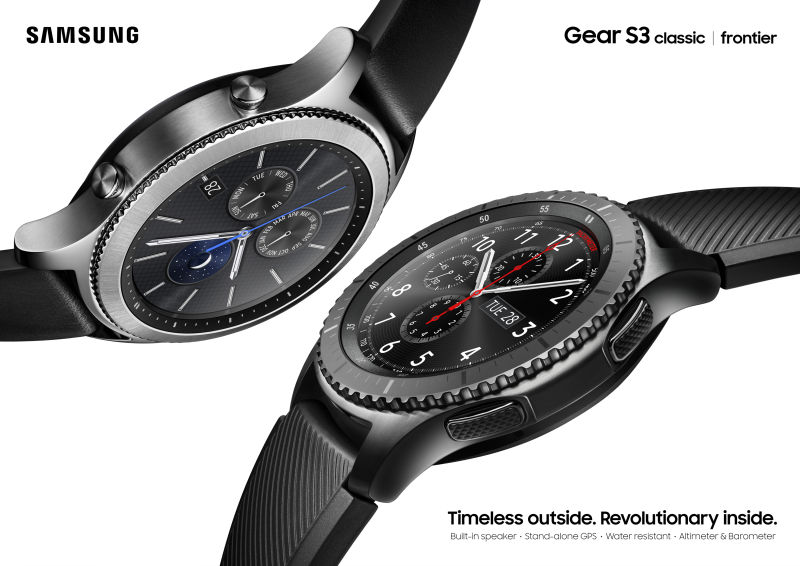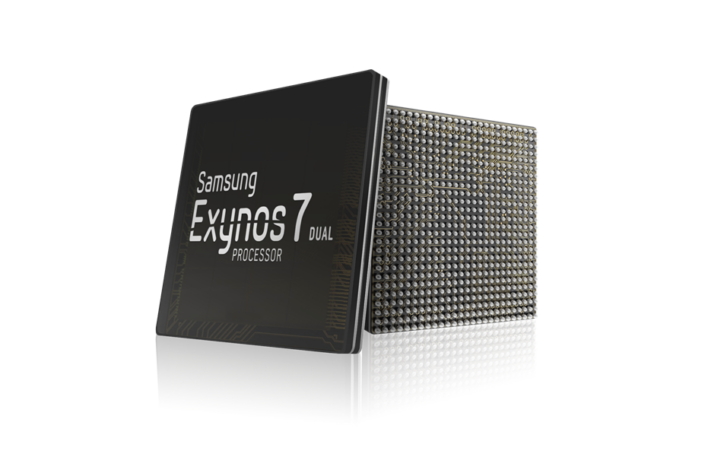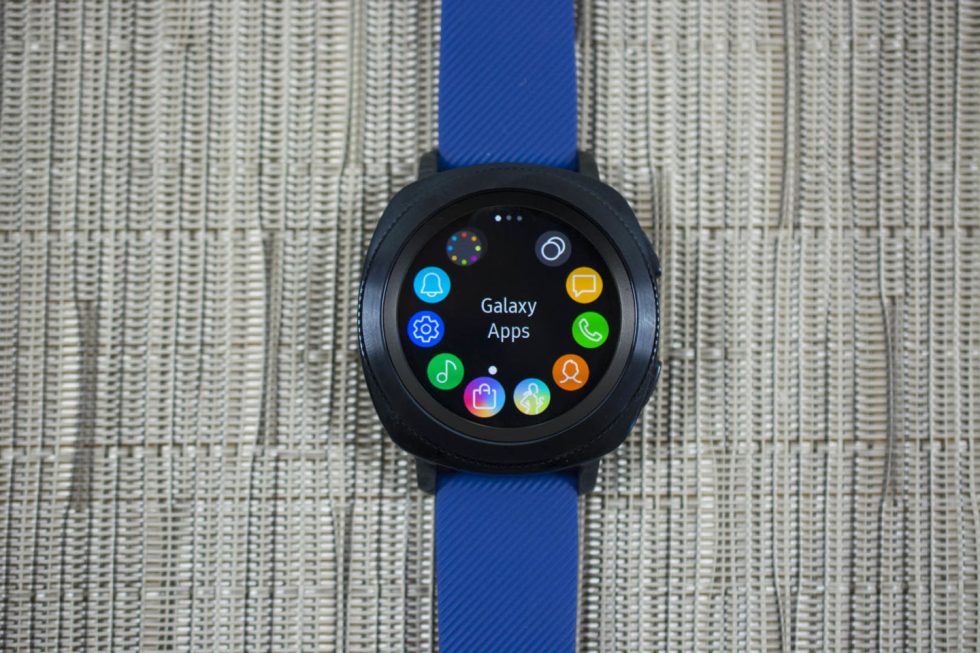Samsung might save Android smartwatches from irrelevance

Today, Google's Android-based smartwatch platform—Wear OS—seems like a dead end. It's currently third in the smartwatch market, after the Apple Watch and Samsung's Tizen-based "Gear S" watches. On the software side of things, Google hasn't been iterating on Wear OS quickly enough. The last major update—Wear 2.0—was roughly 18 months ago, and Google I/O 2018 came and went without a peep about a new update. On the hardware side of things, Wear OS hardware is awful. The market's biggest SoC vendor, Qualcomm, has shown it isn't really interested in the smartwatch market and only offers a slow, hot, old smartwatch SoC based on manufacturing technology from 2013.
Wear OS might soon have a saviour though, at least when it comes to hardware. Venerable smartphone leaker Evan Blass claims Samsung employees are sporting Samsung smartwatches running "not Tizen, but Wear OS." Samsung might be coming to save Wear OS.
Samsung’s superior hardware

Qualcomm isn't investing in smart watches, and with a near monopoly on the SoC market, anyone beholden to Qualcomm's lineup is not going to be able to produce a competitive smartwatch. Most of the usual Android OEMs are aligned with Android Wear, but with no new smartwatch chips, they all mostly stopped making new smartwatches. It just so happens that the two smartwatch market leaders, Apple and Samsung, aren't beholden to Qualcomm—they have their own chip-design facilities, and they regularly update their smartwatches with new SoCs using state-of-the-art manufacturing technologies.
Samsung and Apple hardware is light years ahead of what any Wear OS partner can produce. Qualcomm's best smartwatch chip is the Snapdragon Wear 2100, which uses an ancient 28nm manufacturing process that was last used in a high-end smartphone in 2013. The state-of-the-art today for consumer products is a 10nm process, which you can get in a Qualcomm smart phone SoC, but not in a smart watch.Meanwhile, Samsung is actually investing in a good smartwatch SoC and easily blows away Qualcomm's offering. The Samsung Gear S3—which is due for an upgrade—has an Exynos 7270 built on a 14nm manufacturing process.
A smaller manufacturing process means smaller transistors, allowing you to build a chip that is tinier, uses less power, and produces less heat, all of which are critical components of a good smartwatch. Anyone who's compared a Gear S3 to a Wear OS device will tell you the Gear S3 is faster and lasts much longer on a charge. Some of that can be attributed to differences in Wear OS and Tizen, but the Samsung-powered hardware has a massive advantage over anything with a Qualcomm chip. With its superior Exynos SoC line, if Samsung made a Wear OS watch, it would instantly become the best Wear OS device on the market.
Maybe Tizen isn’t good enough

Why exactly would Samsung want to make a Wear OS device when Tizen is already number 2 in the market? Well, Tizen may be number 2, but it's a distant number 2. This time last year, the Apple Watch had 57 percent of the market, according to Strategy Analytics, while Tizen and Android Wear (now Wear OS) were fighting for second with 19 and 18 percent, respectively.
Maybe Samsung feels that second place isn't good enough. The company is accustomed to beating Apple's market share in the smartphone race, which it was able to do after teaming up with Google and releasing Android phones. Maybe Samsung thinks Tizen has reached its ceiling, and it could better compete with the Apple Watch if it repeats the Android-based strategy that worked so well in the smartphone market. Samsung and Google team up, again, to take on Apple. A move like this would work from Google's perspective, too. Wear OS needs better hardware, and Google has been willing to make concessions to make Samsung happy in the past.
Tizen is open source, but like Google's relationship to Android, Samsung is the primary developer behind Tizen and more-or-less controls its future. Tizen doesn't really exist as a viable smartphone platform, but Samsung has experimented with the idea in low-end phones. Tizen mainly exists on watches, refrigerators, TVs, car infotainment systems, and other electronics, nearly all of which are made by Samsung.With only one manufacturer behind the OS, limited form factors (mostly watches and janky smart home products), and limited market share, app developers have not been keen on developing for Tizen. The Gear S app ecosystem is awful and falls far behind what you can get on Wear OS. No other company is able to single-handedly build an app and device ecosystem the way Apple can. Wear OS, on the other hand, does a good job of glomming onto the Android app ecosystem. You use the same SDK and tools as regular Android, something most app developers—even Samsung's—will find more familiar than the HTML-based Tizen apps.
A rebirth of Android Wear?

We have recently heard some rumblings that (Android) Wear OS is coming back to life. Google recently changed the name from Android Wear to Wear OS and shipped a new developer preview with a few minor change and Google Assistant integration. There are rumors that Google will, for the first time, release a Google-branded smartwatch.
When the Android Wear name change was first unveiled, it made little sense. Google was taking a failing platform and just giving it a new logo and name, which didn't seem likely to make a difference in the market. With a Google-branded watch (and pulling in Samsung), one could imagine how the name change could be part of a major reboot of Google's watch OS.
While new hardware would be a huge boon for the platform, what we would really need to hear about from Google is a top-to-bottom rethink of how Wear OS works. We still haven't heard a peep about that yet.

Post a Comment